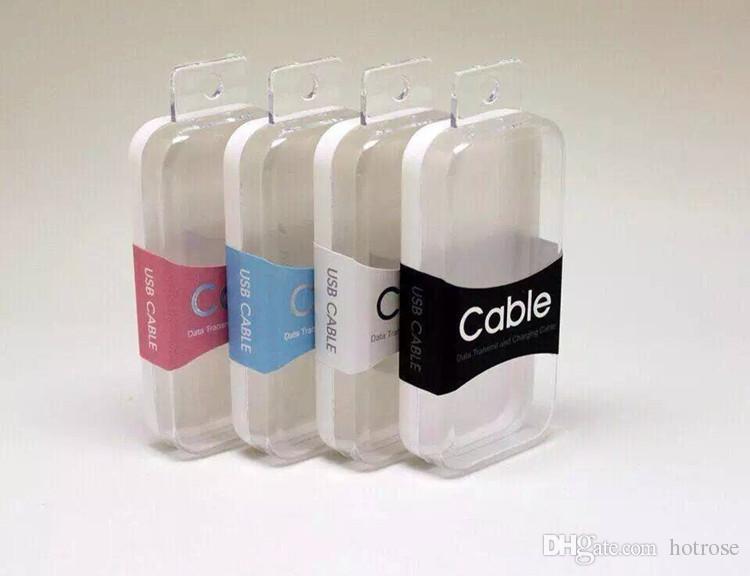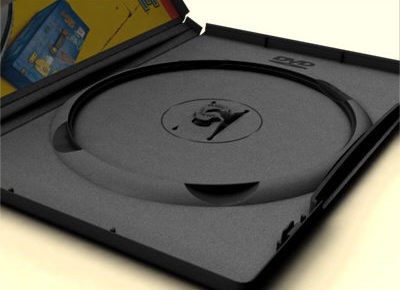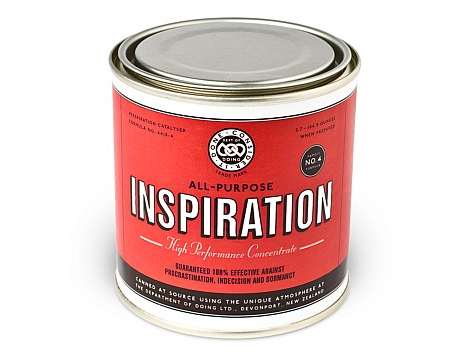Big Mistake, The right packaging is integral to your products success at retail. Remember, you can’t have a product without a package. If you don’t have a package, your product will never get to the retailer’s shelf. Here are the 5 deadly sins in packaging your product you don’t want to commit. They are poison and could keep your product from getting to the retailer’s shelf. Sin 1. Waiting Too Late To Start Thinking About Product Packaging I can’t tell you how many times I get called after its too late and thousands of dollars spent on the wrong packaging. $$$$$$$$$$$$$$ The Solution: Think about your product packaging at the very beginning of product development. Don’t put off thinking about product packaging because the task seems enormous. If you are feeling overwhelmed while trying to develop a package for your product, I’m not surprised. Packaging is the third largest industry in the country. In fact, there are more than 10,000 packaging manufacturers in the U.S. alone. The proliferation of material choices and vendors is extensive and many times it hard to choose the right one. Sin 3. Not Choosing a Packaging Material The Solution: In order to package a product, you must first narrow down the resource and material universe. This isn’t as simple as it sounds because there are many external factors influencing why products are packaged in certain types of materials. Certain products lend themselves to special merchandising. Some products can only be merchandised in certain materials. How the product is merchandised may dictate what type of package material you use. For example, if you need clarity to see the entire product then you are probably going to want plastic. The choice of material may also be dictated by availability. Packaging materials are classified by their primary raw material. Two simple examples are paper and plastic. Within in each material type, there are numerous sub categories of different types of packaging. If you chose paper packaging, it might be a box, a bag, a drum, a tube, a canister and so on. See the variety of choices? It’s easy to become inundated with options and hard to figure out what is the best choice. As products lend themselves to several different packaging materials, it’s best to start with what you know works with similar products. Even if you choose the same material as a competitive product, the package doesn’t need to look the same. Sin 4. Not Taking Advice From Others The Solution: Listen to what other people have to say about your product packaging. I know you are in love with your product and you are sure you have ALL the answers, but you can’t be an expert at everything. Don’t get so caught up in your own ideas that you make design mistakes or mistakes in merchandising. Get a reality check from someone who knows nothing about your product. See if your packaging concept is compelling to an outsider. By that, I mean find out whether they are interested enough to pick your product up off the shelf. There are many resources available to you at little or no cost. Many vendors provide design expertise as part of the order. There is an unlimited amount of resource materials that can give you basic information and that can save you many hours and costly mistakes. Be sure and spend time checking them out. Sin 5. Not Being Realistic The Solution: I know your product is fantastic, but you may need to start out on a smaller scale than you envision. One of the largest obstacles might be finding a vendor. In general, custom packaging is relegated to large volume orders and you are probably not there yet. But don’t despair. Look for stock items that can be customized. The stock container market has improved dramatically with innovation and new designs. In fact, there are many companies now that provide only stock containers. You can customize stock on a smaller scale. With a simple label change, your package may there. Also ordering in a limited quantity allows you to change and modify your packaging as your sales increase. You don’t want to have 10,000 old packages on hand when you have a design change or need to change what’s on the package due to some regulatory issue. The important fact is to understand that packaging is not static it evolves and changes with consumer needs and demands. It can even change because you have more business and can order in larger quantities. What worked in the past may not work tomorrow. You need to be flexible, innovative and creative in your thinking. Look for guidance and expertise in outside resources. Keep up with packaging changes and materials. Don’t get caught ordering too much stock that you can never use. Think big and start small. Most importantly, get started packaging your product now. Don’t commit these five deadly sins in packaging your product. Remember first and foremost, you can’t have a product to sell without a package. And the right package will make or break your success. ______________________________________________________________________________ This article was written by Joann Hines and originally appeared in the Packaging University blog. Hines is a packaging consultant who solve dozens of packaging problems whether it’s how to get started packaging a product or to understand the latest packaging technology and packaging innovations. You can follow her on twitter.]]>




